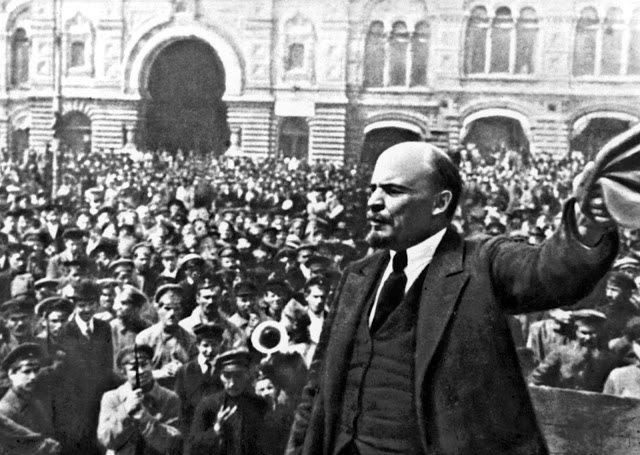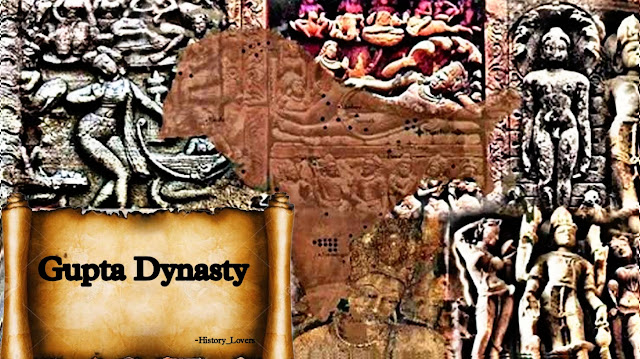The Russian Revolution [ causes, events and outcomes ]
The Russian Revolution
 |
| The Russian Revolution |
Russian Revolution of 1917 was a memorial event that extraordinarily changed the pace of world history. It marked the end of the Romanov dynasty and the birth of the Soviet Union, a socialist state that would go on to shape the politics and culture of the 20th century. In this article, we will delve into the causes, events, and outcomes of this revolutionary period, which had a profound impact on Russia and the world at large.
Causes of the Revolution:
The Russian Revolution was the result of a variety of factors, including political, economic, and social discontent. The Russian monarchy was led by Tsar Nicholas II, was an autocratic regime that had been in power for over 300 years. The Tsar and his government were deeply unpopular with the Russian people, who saw them as corrupt, incompetent, and out of touch with the needs of the masses.
 |
| Tsar Nicholas II |
Russia's economic problems also contributed to the revolution. The country was undergoing rapid industrialization, but this process had led to widespread poverty and inequality. Workers worked hard in dangerous conditions for low wages, while the wealthy people enjoyed luxurious lifestyles. Farmers, who made up the majority of the population, lived in awful poverty and they were heavily taxed by the government.
Another important factor was the impact of World War I on Russia. The country suffered heavy losses in the war, both in terms of soldiers and resources. The government's mismanagement of the war effort, combined with the high number of casualties, caused widespread sadness and anger among the population.
Events of the Revolution:
 |
| Vladimir lenin |
The revolution began in February 1917, when protests and strikes broke out in Petrograd (now St. Petersburg), the capital of Russia. These demonstrations were flamed by food shortages and high prices, but soon turned into a wider movement calling for political reform and an end to the war. The Tsar's government responded with violence, but this only fueled the unrest.
On March 15, 1917, the Tsar was retired from his power, ending centuries of Romanov rule. A provisional government was established, led by Alexander Kerensky. Alexander Kerensky was a socialist politician who promised to implement political and social reforms. However, the new government was weak and ineffective, and failed to address the deep-rooted problems facing Russia.
 |
| Alexander Kerensky |
Meanwhile, the Bolsheviks, a radical socialist party led by Vladimir Lenin, were gaining support among the working classes. They called for the establishment of a socialist state and the redistribution of wealth and power. In October 1917, the Bolsheviks produced a coup, known as the October Revolution, in which they seized power from the provisional government.
 |
| Establishment of Bolsheviks |
The Bolsheviks then established a new government, led by Lenin as the head of the Communist Party. They quickly set about implementing their socialist policies, which included nationalizing industry, collectivizing agriculture, and establishing a planned economy. The new government also signed a peace treaty with Germany, ending Russia's involvement in World War I.
Outcomes of the Revolution:
The Russian Revolution had a profound impact on Russia and the world at large. In the short term, it led to a period of intense violence and turmoil, as different factions fought for power. The Bolsheviks combined their control, but faced opposition from other socialist groups, as well as from the old regime.
The revolution also had significant long-term consequences. The establishment of the Soviet Union marked the beginning of a new era in world history, as a socialist state became a major player on the global stage. The Soviet Union's ideology of socialism and communism had a significant impact on the politics and culture of the 20th century, influencing movements and governments around the world.
In Russia, the revolution led to significant changes in the political and social structure of the country. The monarchy was abolished, and a new government was established based on socialist concepts.
Thank you for reading❤



